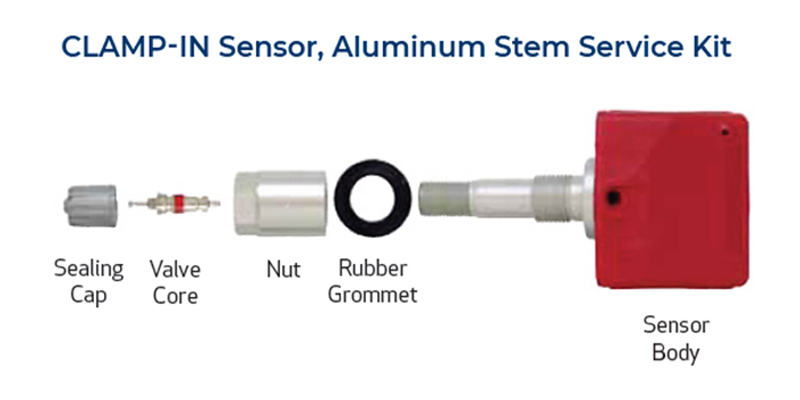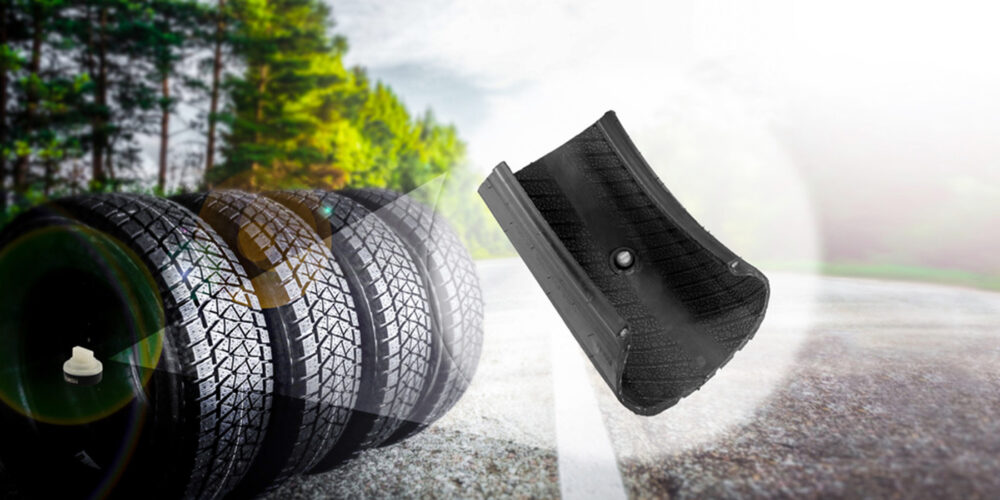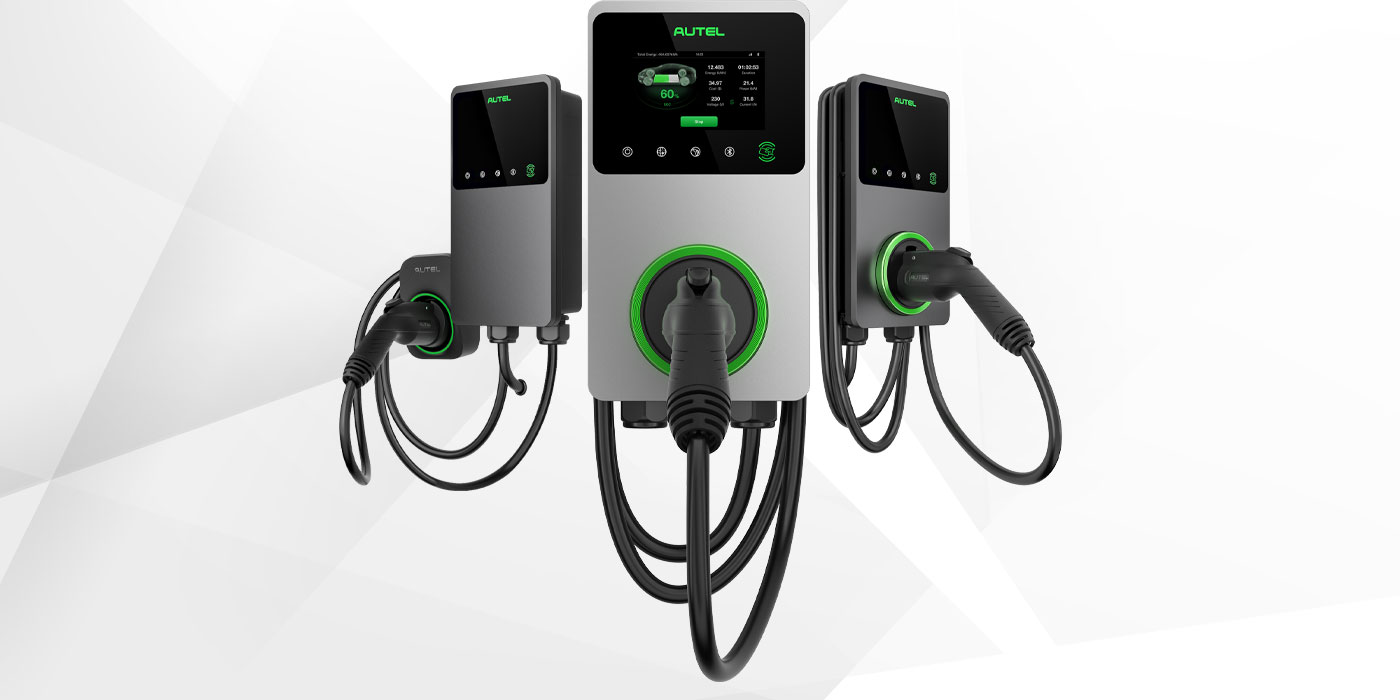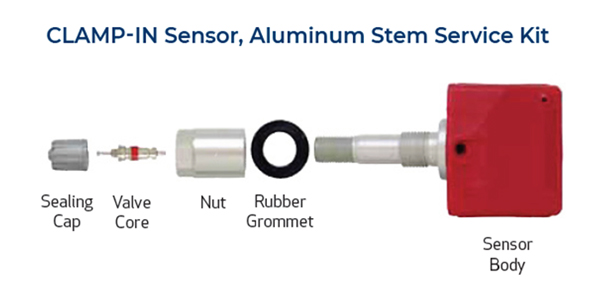
One of the most important things you can do to ensure you are properly servicing TPMS is to fully understand all of the different parts of a TPMS sensor and what roles they play. In doing so, you will also discover why certain parts need to be serviced and why others require a complete replacement. These important details prove to be very useful for service professionals when explaining TPMS service requirements to customers.
A TPMS sensor should be thought of as having two different parts: the sensor body and the valve stem.
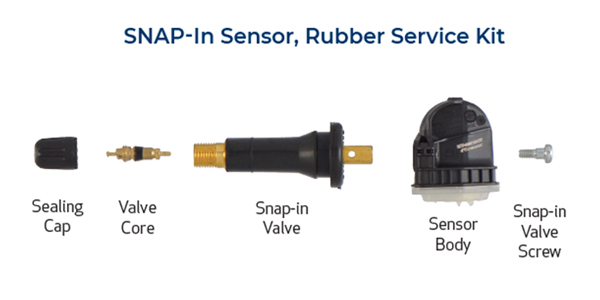
The sensor body is the plastic enclosed object mounted inside of the tire that is attached to the valve stem. It will either be laser welded with a cap or it might also have an epoxy-potted backing. Either way, these two types of sensor enclosures house the electronic components, including the battery, inside of the sensor to keep them free from moisture, debris and damage. Because of the nature of these enclosures, the battery and other electronics cannot be accessed and, therefore, cannot be replaced. This is why, in the case of a low battery or technical malfunction, the entire sensor body could require replacement.
The valve stem is what ultimately connects the sensor to the rim. The valve may come in a rubber snap-in or an aluminum clamp-in package. Regardless, they serve the same purpose — to keep the air in the tire. Within the valve stem, a brass or aluminum valve core will be installed to control the airflow. On clamp-in valve stems, a rubber grommet, aluminum nut and sometimes a seat will also be present to properly seal the sensor to the rim.
Neglecting to replace a service kit during TPMS service can often lead to slow air leaks and, ultimately, costly comebacks.
The valve stem is most vulnerable to damage because it lives outside of the rim and comes in contact with all of the salt and dirt from the roads. It’s also exposed to various weather conditions. A plastic sealing valve cap should be securely tightened to prevent valve damage and galvanic corrosion. For this reason, anytime you remove a tire from the wheel, you should replace the valve’s “service kit.”
The “service kit” refers to all of the serviceable components of a TPMS sensor. On most rubber snap-in and clamp-in valves, this will also include the stem. Some clamp-in sensors come with a valve stem permanently attached to the sensor body; in this case, if the stem is damaged it will require a new sensor replacement. Neglecting to replace a service kit during TPMS service can often lead to slow air leaks and, ultimately, costly comebacks.
The valve stem is most vulnerable to damage because it lives outside of the rim and comes in contact with all of the salt and dirt from the roads. It’s also exposed to various weather conditions.
When servicing TPMS, always first check the telltale light on the dashboard. If it blinks before remaining solid, it signals that something is wrong with the TPMS system (the sensor body). Either a sensor needs to be relearned to the vehicle, one or more sensors has a dead battery, or an incorrect sensor is installed or improperly programmed to the vehicle’s make, model and year. If the TPMS light turns on and remains solid, it simply means that one or more of the tires are low on air. This could lead to a slow air leak or simply mean that the tire needs to be filled to the vehicle’s recommended placard pressure. Understanding the different TPMS sensor components is imperative to diagnosing and choosing the proper service solution.
Jacki Lutz is the Global Head of Communications, Training and E-Commerce for Schrader TPMS Solutions, a global leader in TPMS. She is a TIA ATS instructor and serves on a variety of industry boards.

